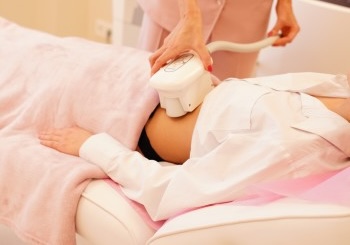Cryolipolysis, also referred to as cryotherapy, is a minimally invasive body contouring treatment. It is suitable for individuals with a normal body weight who wish to remove localized fat deposits from the abdomen, thighs, hips, buttocks, arms, and— in the case of men— the chest area.
At Dr. Mari Laasma’s aesthetic clinic, we offer the highly effective Z Lipo Zimmer cryolipolysis method, which freezes fat cells in a vacuum environment using precise and controlled temperature ranges. This causes the fat cells to gradually break down and be naturally eliminated via the lymphatic system over approximately 10–12 weeks.
A consultation is required before the procedure to assess your suitability for the treatment.
Benefits of Cryolipolysis:
- Safe – the procedure does not damage the skin or cause complications
- Painless
- No downtime
- No anesthesia required
- No surgical intervention needed
- Allows body contouring in nearly any area
Best Results: Two-in-One Treatment!
Body contouring combined with Shockwave therapy
For more effective and faster results, cryolipolysis at our clinic is combined with Shockwave therapy. Shockwave uses high-energy pulses that stimulate collagen production, which improves skin elasticity and tightens the skin. In addition, shockwave therapy tones the muscles and helps reduce cellulite and stretch marks.
Combining these two highly effective procedures—cryolipolysis and shockwave therapy—eliminates fat, tightens skin, and delivers the best possible results.
When can results be seen?
Results from cryolipolysis and shockwave therapy are usually noticeable after the first session. In most cases, a course of 2–3 sessions is recommended. The exact number depends on the size of the fat deposits, how well the body responds to the treatment, and of course, the client’s expectations and goals.
Contraindications for Cryolipolysis:
- Pregnancy or breastfeeding
- Cardiovascular diseases
- Malignant tumors
- Kidney diseases
- Liver diseases
- Skin conditions, infections, or acute inflammation in the treatment area
- Diabetes (except when well-controlled and blood sugar levels are stable)
- Hypertrophic scars in the treatment area
- Pacemaker
- Regular use of anti-inflammatory medications

